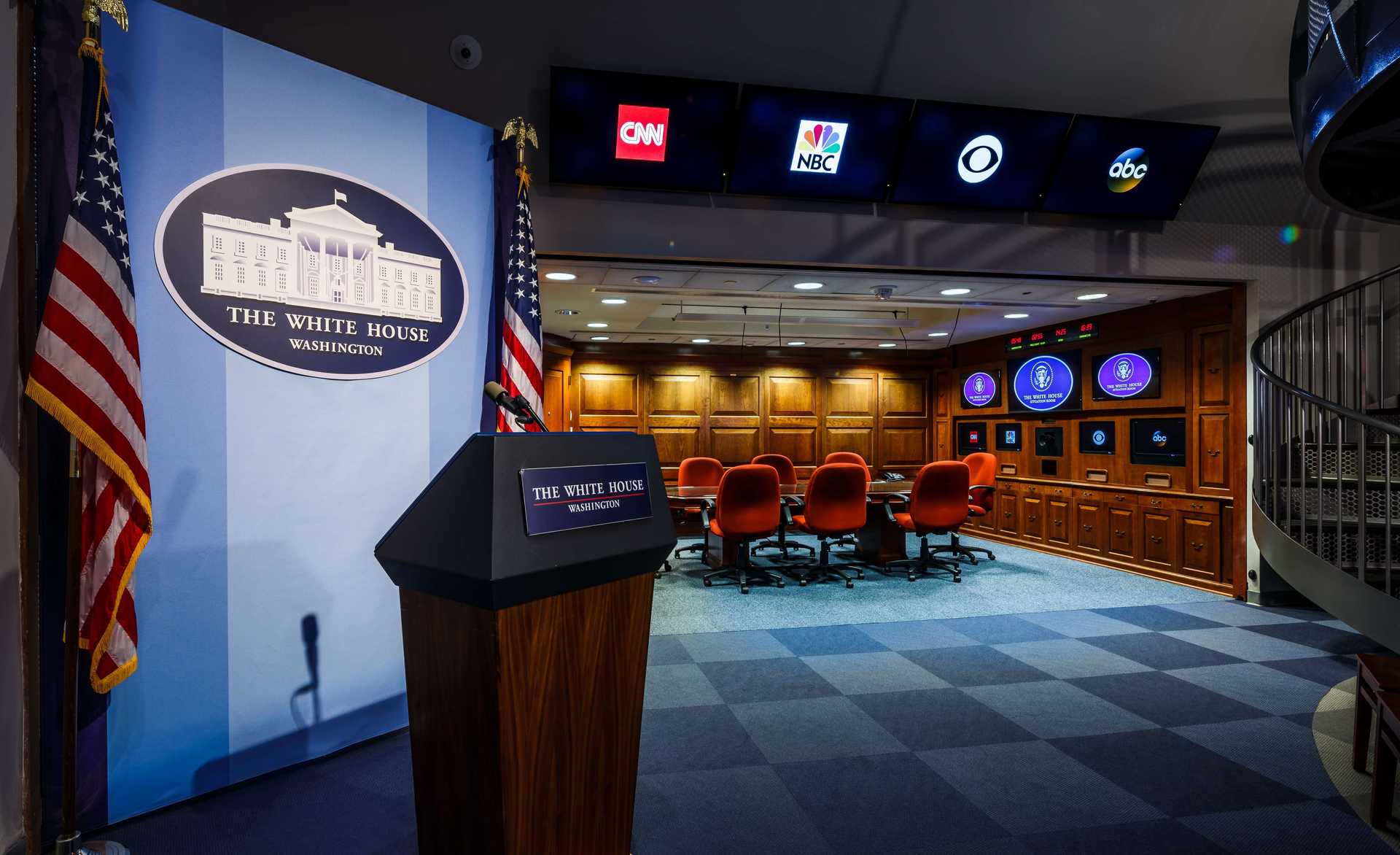
Rearchitecting and simplifying the architecture of an escape room game to reduce complexity and development estimates by 50%

The Game
The escape room game involved variety of hardware including TVs, Cameras, tablets, mobile phones, control center touch table, storage server, networking etc.
This game needed various roles such as officials, reporters, players, admins, cameraman etc.
The requirements included video news feeds on TVs, live feed from camera to a TV or tablets, social media feed simulation, live chat among participants and reporter, video calls among players, and the ability to pause and replay sessions.
Additionally, the game includes authoring tools for creating new scenarios, admin functionality for user onboarding and content management, and server management capabilities, pause and replay feature.
The Challenge
When we got involved, We were also told that cost projected by other vendors was not financially viable.
The project will only be funded if we are able to quote a much better price.
The solution
After a bit of brainstorming, we came up with a good solution. To remove complexity, we asked if all the hardware can be replaced by tablets. i.e. instead of cameras use tablets, instead of directly feeding video streams to TVs, use ipad mirroring, instead of using touch table to control the game, use ipads.
Once all the hardware was replaced with ipads, it became a simple web based game. Rest of the devices were just controlled by browser. This meant
- we did not need to physically go on location to install networks, video servers, testing on site etc.
- we could use remote teams to develop, test and deploy saving all traveling and lodging costs
- we had new capabilities e.g. playing the game online or remotely
- no specialized server or network was needed, so setup and maintenance became very easy and cost effective.
This approach was accepted and significantly reduced the overall complexity, cost and ongoing maintenance effort of the system. Additionally, it opened up new opportunities for enhancing the player experience and exploring new business models.
Result:
By simplifying the hardware and software architecture, we were able to achieve a significant reduction in development costs, hardware costs, and maintenance costs. This not only increased flexibility but also expanded our total addressable market, resulting in significant business value.